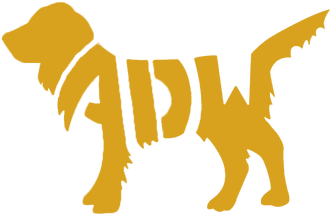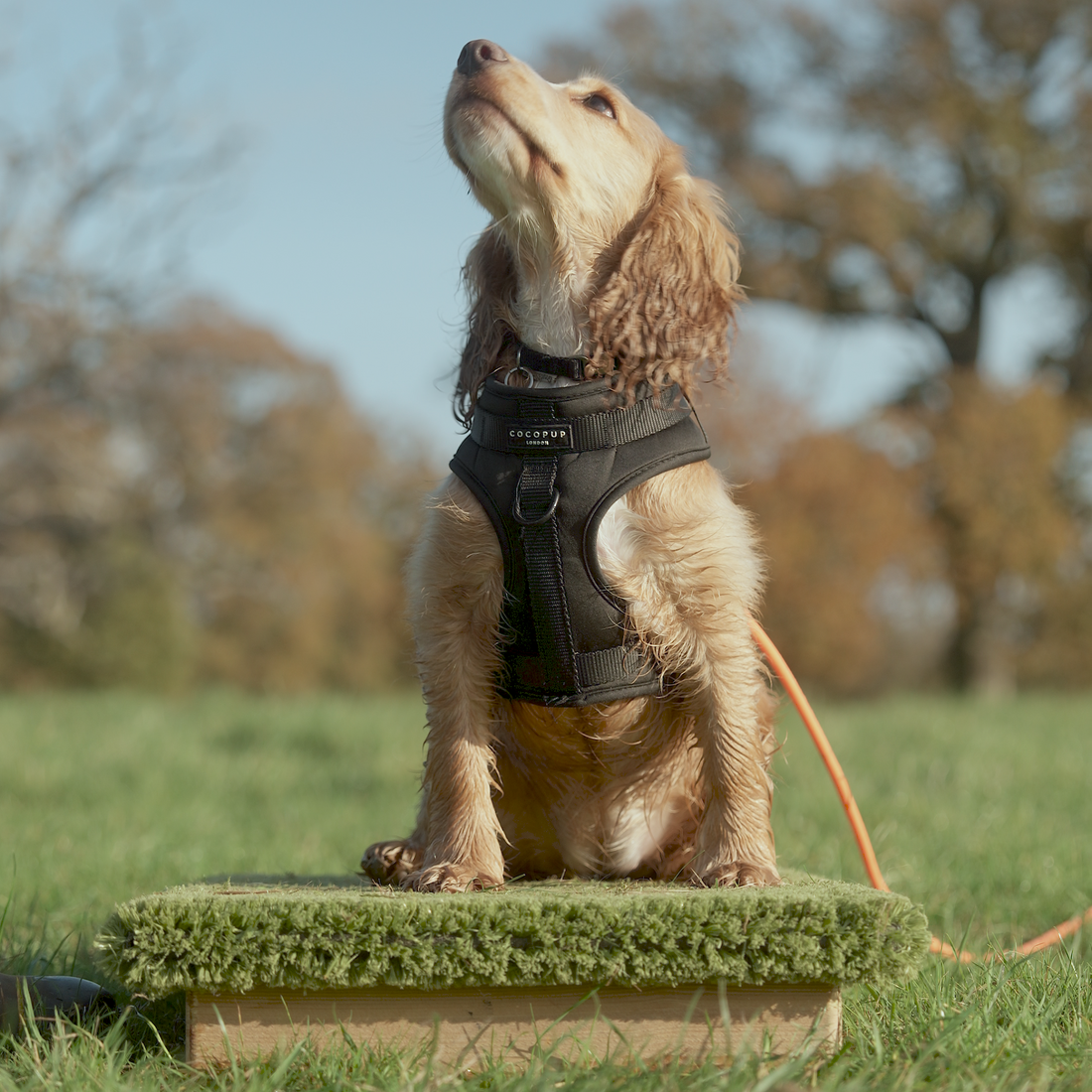Can a Dog Be Trained in 2 Weeks? Yes, and Here’s How!
Training a dog doesn’t have to be a long, drawn-out process. In fact, with just 10 minutes of training a day, you can start seeing significant progress within a week. By the end of two weeks, you can transform your dog's behaviour and lay down the foundation for reliable, well-mannered obedience. Using tools like a place board accelerates the training, making communication clear and training more efficient.
Why Place Board Training Works So Quickly
Place board training is a highly efficient way to teach foundational behaviours such as heelwork, recall, sit-stay and fetch. The raised platform gives your dog a clear, visual target and acts as a consistent point of reference for training. The key is in the clarity the platform provides—your dog quickly learns that being on the place board means good things will happen and therefore be eager to respond to training.
Quick Wins with Place Board Training:
- Focus and Clarity: The place board offers a defined space for training, eliminating confusion of what you are asking them to do.
- Consistency: Your dog knows exactly what’s expected when they’re on the board (to sit and stay until released) speeding up the learning process.
- Positive Associations: Consistent rewards on the board make it a space your dog wants to go to.
How to Train a Dog in 2 Weeks with a Place Board using the T.A.R.G.E.T Method
To guide your dog from the basics to more complex behaviours, you can follow the T.A.R.G.E.T Method, a systematic approach to place board training.
Here’s a breakdown of what you can achieve with 10-minute training sessions using a place board.
- T - Teach: Start by teaching your dog what “Place” means using lures and rewards.
- A - Associate: Build positive associations with the place board to make it a desirable spot.
- R - Remove the Lure: Gradually phase out lures and rely more on verbal and visual cues.
- G - Give It a Name: Reinforce the word “Place” as the cue for moving to the target.
- E - Extend: Increase the duration and complexity of behaviours on the place board.
- T - Travel: Practice sending your dog to the board from a distance.
For more details on the T.A.R.G.E.T method, you can access our comprehensive guide here.
Case Study: Maple, the 5-Month-Old Show Cocker Spaniel
To show the effectiveness of a structured two-week training plan, let’s look at a real-life example. Maple, a five-month-old show Cocker Spaniel, was introduced to a place board for the first time at the beginning of the week. Here’s how her training progressed:
Week 1: Building the Basics
- Day 1: Maple was encouraged onto the place board for the first time with treats and praise.
- Day 3: Maple was confidently sitting on the board when cued, with a steady “Place” response.
- Day 6: She was able to travel to the board on cue from 5 paces away, and stay seated even with distractions like toys being thrown at home, or other animals outdoors.

Week 2: Refining Behaviours
-
Day 14: Maple was eager to get onto the board, viewing it as a positive place, and she could return to the board reliably after a recall or retrieve.
The Benefits of Short, Focused Training Sessions
The key to training a dog quickly is to use short, focused training sessions. Here’s why this approach works:
- Prevents Fatigue: Sessions of around 10 minutes keep your dog engaged without overwhelming them.
- Maintains Quality: Short bursts prevent the deterioration of behaviour quality.
- Encourages Enthusiasm: Regular, brief training maintains motivation and keeps training fun.
Pro Tips for Effective Short Sessions:
- Stick to 3 sets per session with 10 repetitions per set, followed by a 1-minute break.
- Watch for signs of fatigue or loss of interest and adjust as needed.
- Keep rewards high-value and varied to maintain engagement.
The Purpose of “Place” and Why It Leads to a Trained Dog
When you use the command “Place,” you are teaching your dog that the board is a target where positive things happen. This command becomes the foundation for many other desirable behaviours:
- Static Heel Position: Place board training teaches your dog to remain in a heel position calmly beside you so they can learn what the command "heel" means when in motion too.
- Reliable Recalls: Your dog learns to respond when called and return to the board quickly and accurately, avoiding distractions.
- Steadiness and Focus: The “Place” cue ensures your dog can stay calm even when exciting events, like retrieving a thrown item, occur.
Where Place Training Becomes Useful in Everyday Life
As Maple’s case shows, place board training goes beyond basic obedience and can be applied in everyday situations:
- Home Life: Use the board to guide your dog’s behaviour when visitors arrive, keeping them calm and settled.
- Public Spaces: Bring a portable mat or place board to a café or pub to provide a familiar spot for your dog to relax.
- Training Drills: As training advances, use the board for heelwork, sit-stay, and distance handling with increased distractions.
Advanced Uses for Place Training
As your dog becomes more skilled, the place board can be used for advanced training scenarios:
- Retrieve to Hand: Reinforce a quick and accurate retrieve by using the board as a target.
- Directional Commands: Practice sending your dog in different directions using multiple boards.
- Agility and Dog Sports: Use the board for directionals and build motivation for fast, accurate movements at distance.
Conclusion: Can You Train a Dog in 2 Weeks? Absolutely!
With the right approach, it’s possible to train a dog effectively in just two weeks. The beauty of place board training is that it allows for rapid progress while being adaptable to the individual pace of your dog. Short, focused sessions keep your dog motivated, while consistent use of the “Place” command builds reliable behaviour that can be used in everyday life and advanced training.



